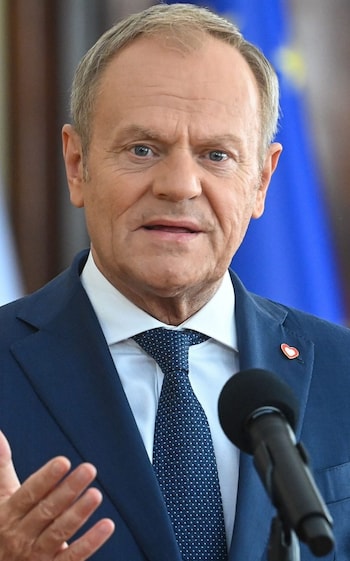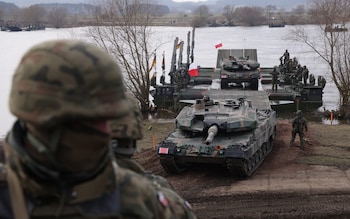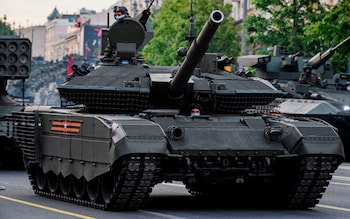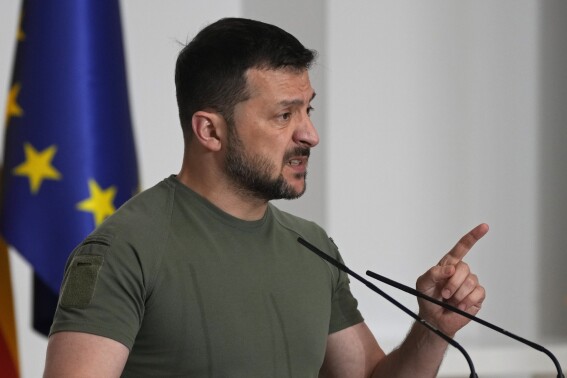Poland has unveiled plans for a line of anti-tank ditches, bunkers and minefields along its borders with Belarus and Russia.
Donald Tusk, the Polish prime minister, announced a 10 billion zloty (£2 billion) defensive line to make Nato’s eastern flank “impassable to a potential enemy,” earlier this month, but provided few details.
Visualisations released on Monday show a network of concrete anti-tank “hedgehogs”, palisades and steel barriers integrated with earthworks along 434 miles of frontier.
Władysław Kosiniak-Kamysz, Poland’s defence minister, told reporters: “The ‘East Shield’ deterrence and defence plan is the largest operation to strengthen the eastern border of Poland, the eastern flank of Nato, since 1945.
“It will be a combination of terrain conditions with fortifications and modern technology.”
He added that the government would also apply for European Union funding for the border wall. Work will start this year and should be completed by 2028.

The Tusk line
East Shield, dubbed the “Tusk line” by Polish media, has been billed as a deterrent to discourage attack from Russia. The plans are said to be in collaboration with Estonia, Latvia and Lithuania.
It is separate from a border wall built to keep out migrants trying to cross from Belarus. The plans show a deep network of bunkers, trenches and tank traps. Mines would only be laid if war appeared imminent.
Poland shares a 130-mile frontier with the Russian exclave of Kaliningrad and a 170-mile border with Belarus, Russia’s close ally.

The border with Belarus has become a security flashpoint, with thousands of migrants and refugees, mostly from the Middle East, crossing it into Europe.
Mr Tusk has dubbed this a “hybrid war of migration” facilitated by Alexander Lukashenko, the president of Belarus.
“Those are not refugees, those are less and less migrants, families, poor people needing help,” Mr Tusk added. “In 80 per cent of the cases, these are organised groups of men, aged 18 to 30, very aggressive.”
As the weather warms, Poland is seeing an increase in crossings, up to 200-300 a day in May. Poland was part of the Soviet-led Warsaw Pact during the Cold War, but joined Nato after Communism fell in the 1990s.
Disclaimer: The copyright of this article belongs to the original author. Reposting this article is solely for the purpose of information dissemination and does not constitute any investment advice. If there is any infringement, please contact us immediately. We will make corrections or deletions as necessary. Thank you.



